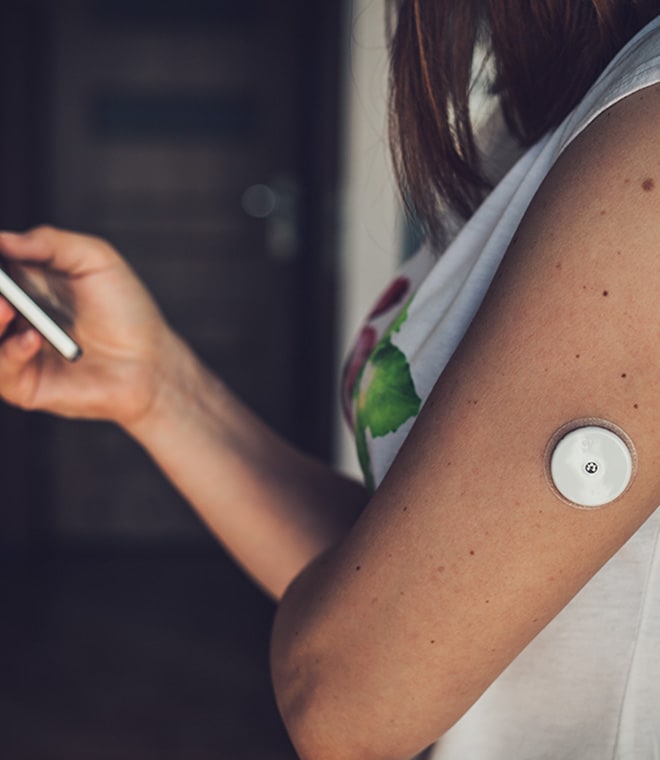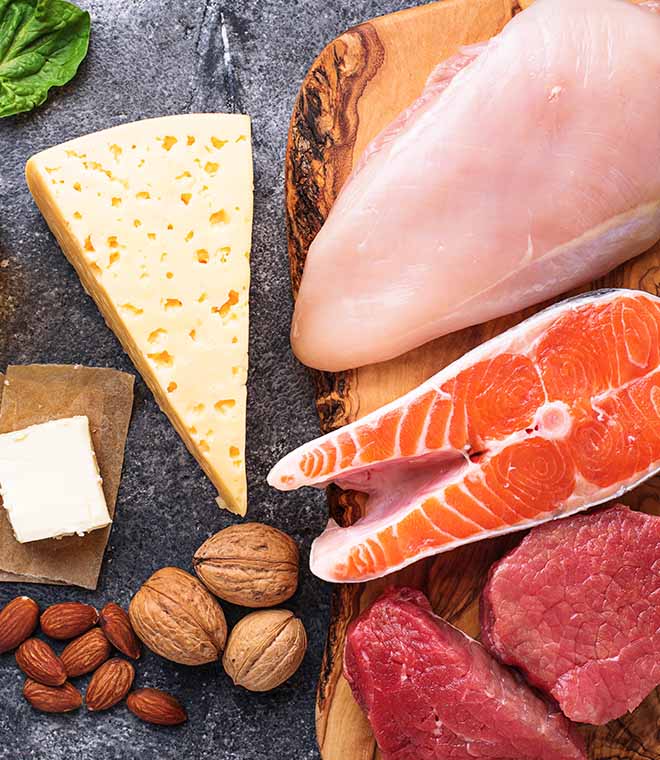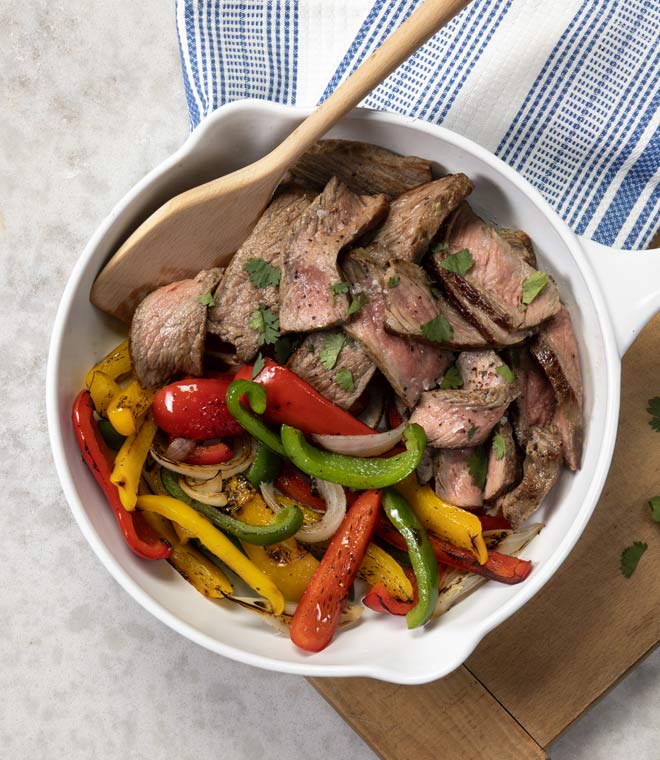Health
Tips to make your Puerto Rican recipes healthier for diabetes
By Loren M. Blinde, PhD Jul 27, 2022 • 4 min
Managing diet is an important part of good blood sugar control for anyone living with diabetes. But having diabetes doesn’t mean you have to give up your favorite Puerto Rican meals. Try a few of these swaps in your next Puerto Rican recipe and see how good diabetes management can still taste great.
Start with strengths
The great news is, Puerto Rican cuisine already features many ingredients that would make the top of a dietitian’s list of diabetes-friendly foods, including beans, fresh fruit and fish. Emphasize those items—in addition to lean proteins, healthy fats and whole grains—in your menu.
Puerto Rican meals also often include nutrient-rich root vegetables like plantains, yams and yuca. These offer plenty of vitamins and minerals. For a healthy cooking option, choose baking or steaming rather than frying.
Check labels for prepared foods
As people living with diabetes know, it’s important to read the nutrition labels on prepared foods, whether you’re eating it by itself or adding it to a recipe. High amounts of sugar, saturated fat and sodium can hide in processed foods, so check serving sizes and nutrient breakdowns before adding those items to a recipe.
Make small switches
Instead of cutting out your favorite dishes, find ways to boost their nutritional value for your overall health with diabetes. Here are a few ideas to consider:
- Try brown rice: If you typically use white rice, give brown rice a try. It has a delicious, nutty flavor and can be used in all of the same dishes. Check the package directions for cooking times, which are a bit longer than those for white rice.
- Swap out unhealthy oils: Instead of vegetable or corn oil, try olive or avocado oil. They’re both loaded with healthy fats and can be used in many cooking applications.
- For dessert, enjoy tropical fruits rather than desserts high in added sugars, fats or both. Ripe mangoes, passion fruits or guava can satisfy a sweet tooth while providing a dose of fiber and nutrients.
Consider baking instead of frying
While delicious, fried foods can deliver extra calories and saturated fat. Whenever possible, try a different cooking method, like stewing or baking. If frying is essential to the dish, it’s smart to limit yourself to small portions or save these items for special occasions.
Watch the salt
The American Diabetes Association recommends that people with or without diabetes only consume 2,300 mg or less of sodium a day. Although salt does not affect your blood sugar, it can raise your blood pressure. People with diabetes are at greater risk of developing high blood pressure, which can lead to heart disease, kidney disease or a stroke.
Since one of the things that makes Puerto Rican cuisine so special is its liberal use of herbs and seasonings, cutting the sodium down can be as simple as increasing the other seasonings and spices you’re using. You’ll get plenty of flavor, without a high dose of sodium.
Putting it all together
Balancing meals and watching portion sizes can help you manage your blood sugar. One simple way to plan healthy meals with diabetes is the plate method. As a general guide, start with a 9-inch plate. You’ll want to fill half of your plate with nonstarchy vegetables, a quarter with lean proteins and the remaining quarter with a carbohydrate food. Then choose a water or zero-calorie drink to round out your balanced meal.
Find more resources on healthy living with diabetes, and reach out to your healthcare provider or local Walgreens pharmacist with any questions.
Sources:
- https://minorityhealth.hhs.gov/omh/browse.aspx?lvl=4&lvlid=63
- https://www.diabetes.org/diabetes/high-blood-pressure
- https://diabetesjournals.org/care/article/42/5/731/40480/Nutrition-Therapy-for-Adults-With-Diabetes-or
- https://www.eatright.org/food/planning-and-prep/snack-and-meal-ideas/puerto-rican-favorites-made-healthy
- https://www.mayoclinic.org/diseases-conditions/diabetes/in-depth/diabetes-diet/art-20044295
- https://www.diabetes.org/healthy-living/recipes-nutrition/healthy-food-choices-made-easy
- https://www.joslin.org/patient-care/diabetes-education/diabetes-learning-center/personalizing-your-plate-your-culture



